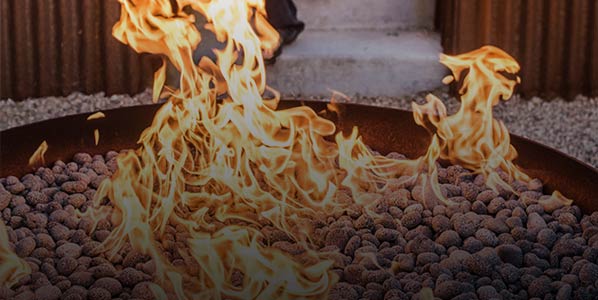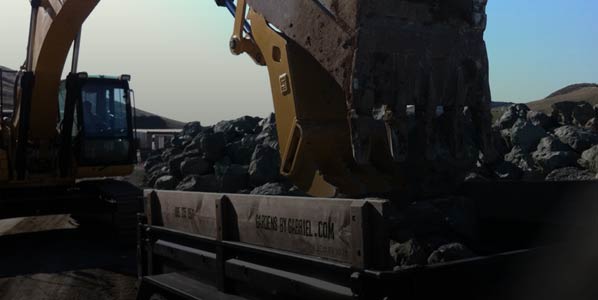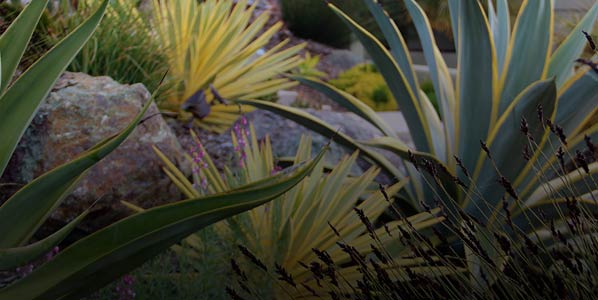The Sheet-Mulching Legacy
While we may roll our eyes at some of the regrettable fads of the 70s, one lasting legacy from that era is a heightened environmental awareness. It was during the 1970’s that a pioneering figure in the sustainability movement, Bill Mollison, began teaching the principles the movement that became known as Permaculture. Mollison, in collaboration with David Holmgren, drew on observations of nature and indigenous cultures to formulate an environmental ethic that placed care of natural systems at its center. Their goal became to design ecologically-sound and productive landscapes that would transform the global environment as well as the local community.
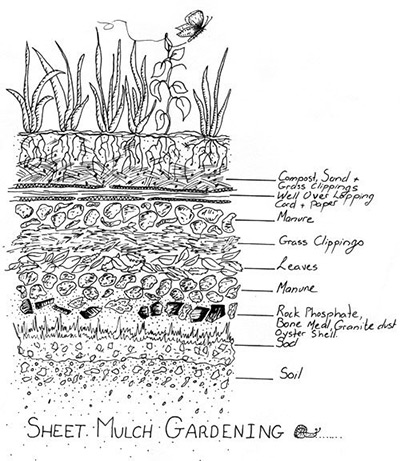
One mainstay of Permaculture is a process called sheet-mulching. Sheet-mulching mimics the natural processes of soil formation, which depend on the accumulation and decomposition of organic matter over time. Think forests and woodlands: Under the thick layer of decaying leaves, twigs, and branches lies that earthy, sweet-smelling humus built to feed the trees and plants above.
If time permits in a home garden installation, rather than digging out weeds and disturbing the symbiotic relationship between the soil surface and the underlying micro-organisms, we use sheet-mulching to suppress weeds, conserve moisture, and increase the soil’s nutrient base--simultaneously. We stack thick layers of compost, organic matter, and cardboard over dead grass, water-hungry lawns, and bare patches of neglected earth to create an earthy sandwich, of sorts, that decomposes and becomes a field of healthy soil fit for planting. Humus in the forest takes decades to perfect, but sheet-mulching shortens those years to months. But don't wait for us! This process is easy to research and can be your own first step in replacing a thirsty lawn with a drought-tolerant landscape.

